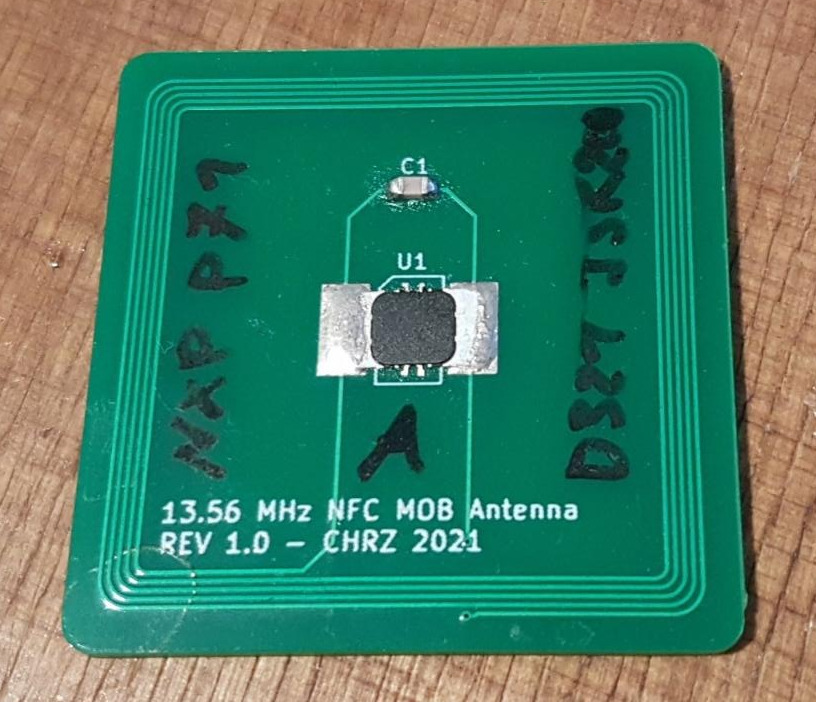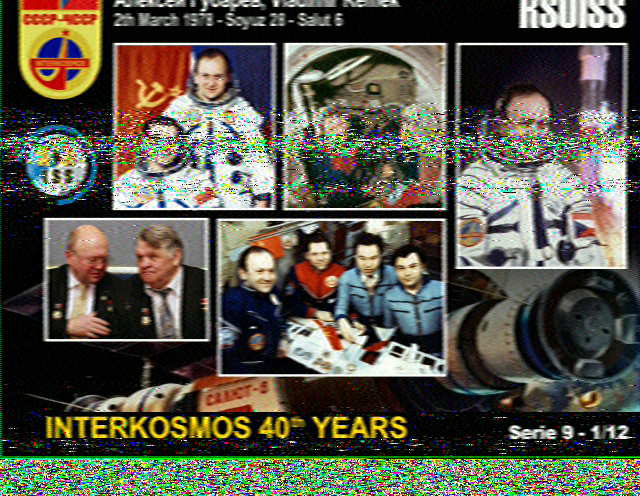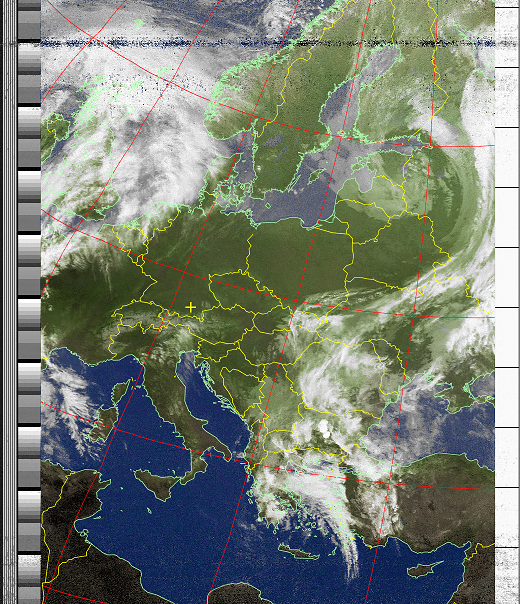Check out the project on GitHub. In my previous post about NFC security models, I explained why a hardware token that is able to do some computation on its own is required for a secure (enough) authentication. The obvious solution would be to use a YubiKey, however I want to use my own code and control the hardware as well… Read More →
Category: Radio
Software Defined Radio.
Postcards From the ISS
Sometimes, the folks over at the International Space Station (ISS) send greetings to earth, postcards encoded as SSTV images – transmitted at 145.800 MHz FM. Of course, I wanted to receive some. And in April 2018, I managed to. Hardware and Software I used the same hardware receiving stack as I used for receiving NOAA and Meteor weather satellites. In… Read More →
Receiving Meteor LRPT Weather Maps
After much success receiving weather maps from the NOAA satellites, I wanted to receive more satellites. While the NOAA satellites are US-based and are relatively old, the METEOR-M2 are of a more recent make, operated by Russia. However, the LRPT signals sent by the Meteor satellites are digital and somewhat harder to decode. But thanks to some ambitious russian friends,… Read More →
Receiving NOAA APT Weather Maps
After building a satellite antenna, I was able to receive and decode the weather maps sent by three US-based legacy satellites operated by the National Oceanic and Atmospheric Administration (NOAA). Hardware As mentioned, I used my own antenna. To get the signal into my PC, I used the excellent and low-cost RTL-SDR stick V3 by RTL-SDR.com. My base station consisted… Read More →
Building a Weather Satellite Antenna
During my adventures with SDR (software-defined radio), the need for a proper QFH antenna arose. This type of antenna is used to receive signals that are circularly polarized, such as APT weather maps sent by the NOAA satellites. I used a PVC pipe and a standard shielded coax cable from the local hardware store, and a copper tube meant for… Read More →



